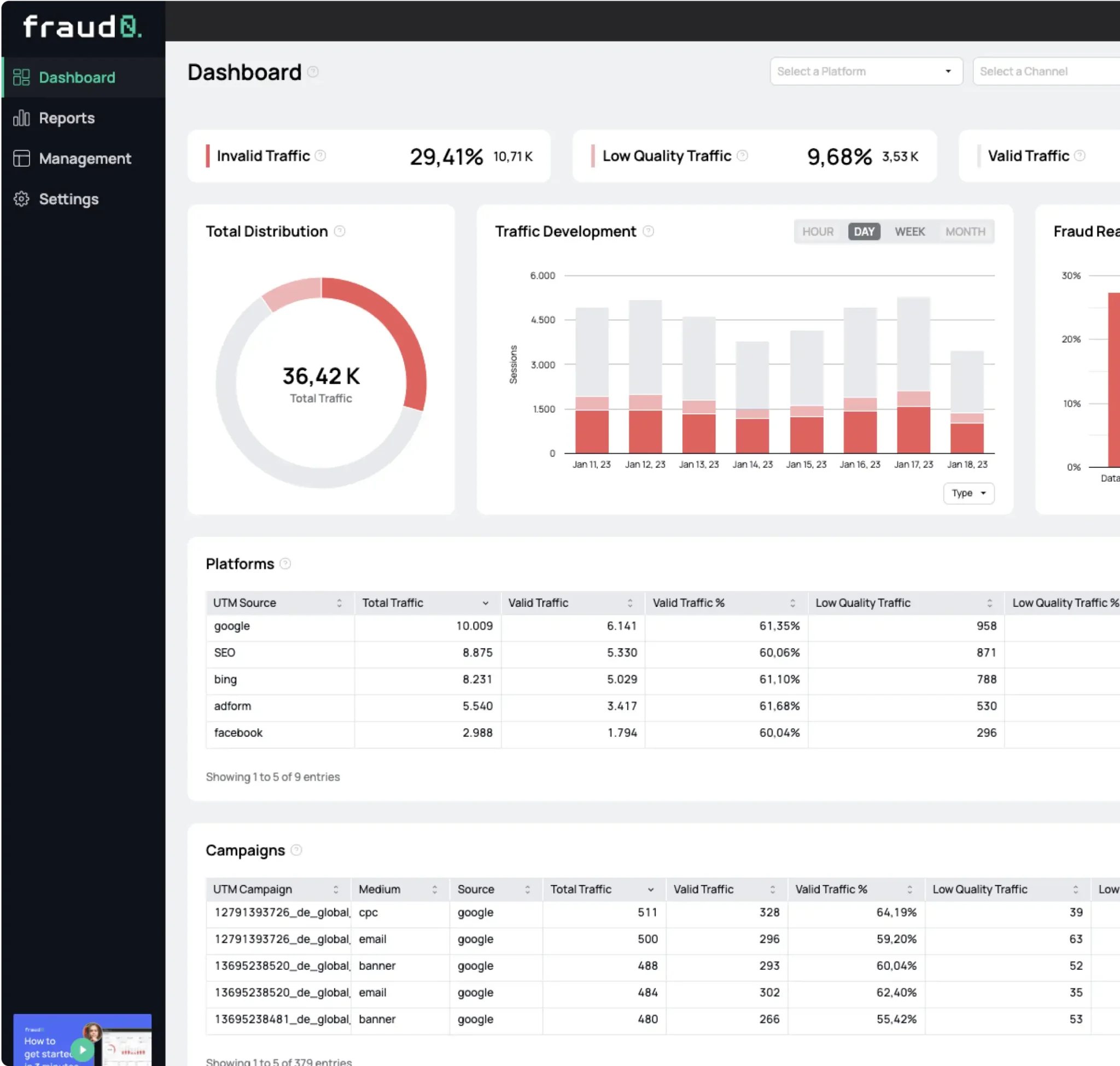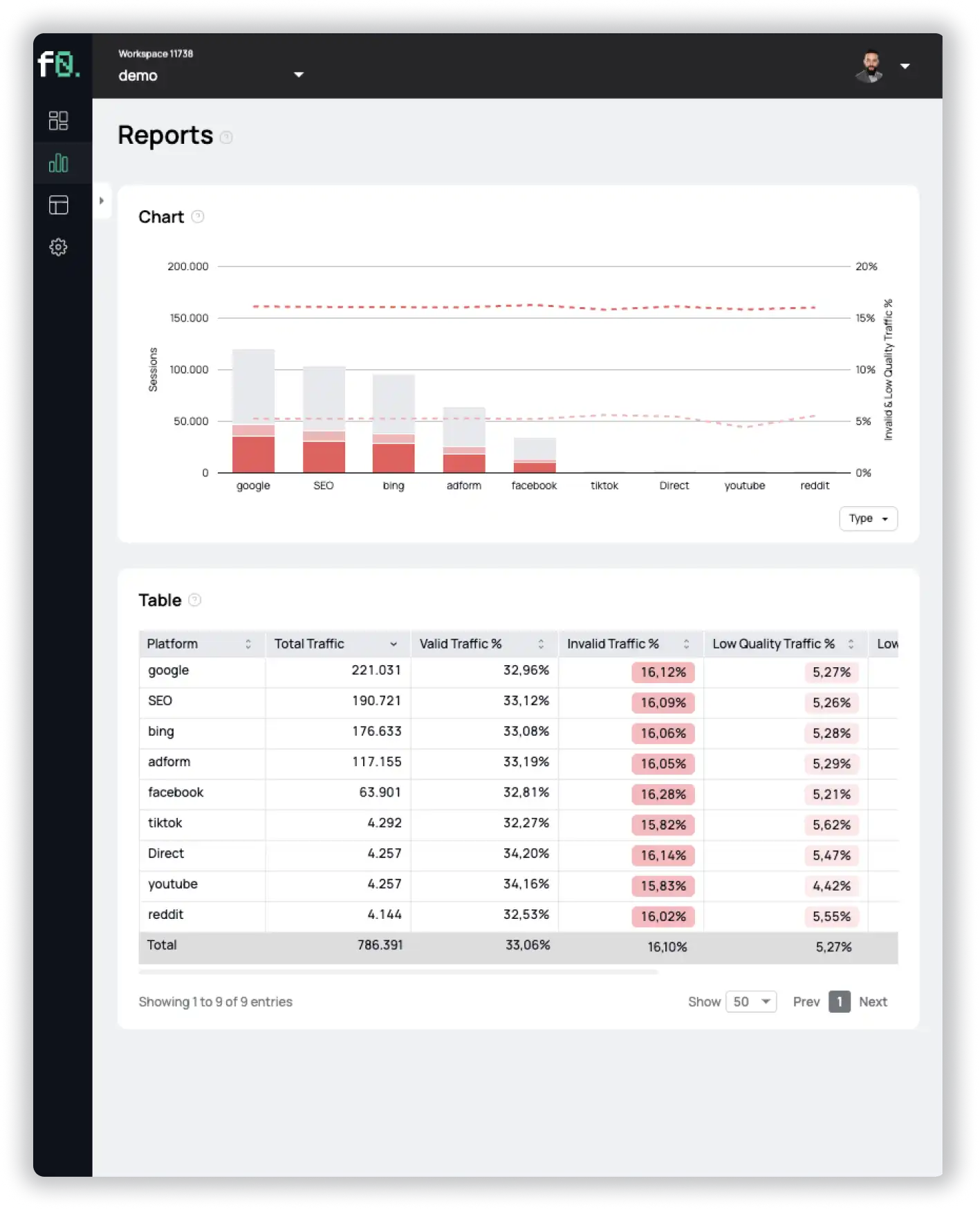- Blog
Ad Fraud Isn’t Just About Bots Anymore


Fifteen years ago, when banner ads dominated the internet, bots were the kings of ad fraud. Fake users would flood websites, causing ads to load, making it easy for fraudsters to cash in. The game has changed: Nowadays, most ad fraud doesn’t even rely on bots.
The New Game of Ad Fraud: More Tricks, Less Bots
Sure, bots haven’t entirely disappeared. Fraudsters still use fake traffic to generate ad impressions. But now they’ve upped the ante, employing sneakier tactics to multiply their earnings:
Ad Stacking
This technique involves placing multiple ads (sometimes up to 100) in a single ad slot. Each time the page loads, all ads are counted as impressions, significantly inflating the ad revenue.

Pixel Stuffing
Ads are placed within iframes that are extremely small, often just 1×1 pixels or smaller. These ads are technically loaded, but they are invisible to users, serving only to inflate impression counts.
Rapid Refreshing
Ads are automatically refreshed at very short intervals (e.g., every 1 second), just meeting the Media Rating Council (MRC) standard for a “viewable” ad, which requires ads to be in view for at least 1 second. This tactic artificially increases the number of impressions, even though the ads are not intended to be seen by users.
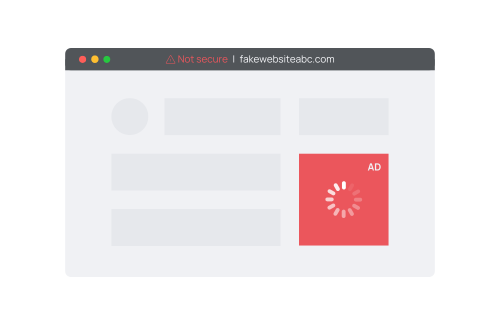
Forced Redirects
The webpage automatically redirects the user to another page shortly after loading (e.g., after 1 second). This increases the number of pageviews and, subsequently, the number of ad impressions, without providing real user engagement.
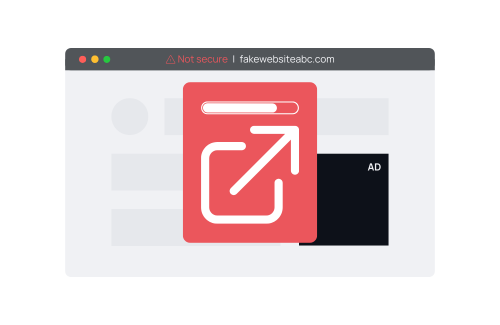
Overloading Ad Slots
This practice involves placing an excessive number of ads on a webpage – sometimes 100 or more, compared to the usual 4 or 5. While this isn’t necessarily fraudulent, it significantly degrades the user experience and, in turn, reduces the value for advertisers, as users are less likely to engage with the content. Sites that employ this tactic are often referred to as MFA sites, designed primarily to generate large volumes of ad impressions rather than provide meaningful content or user interaction.
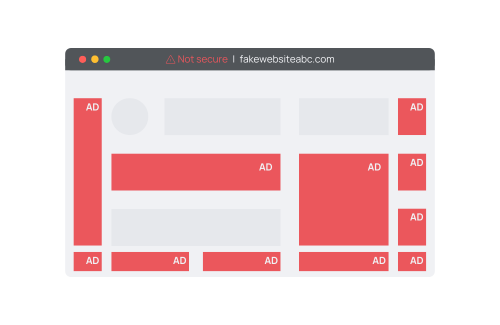
These sneaky tactics don’t just inflate the number of ad impressions – they fool buyers into thinking they’re getting premium ad space when they’re really just buying thin air.
Uncovering the Hidden
Many of these sophisticated ad fraud techniques fly under the radar of legacy fraud detection vendors. Their systems are primarily designed to identify traditional invalid traffic or bot-based fraud, which means they often miss the more subtle tactics used today.
These outdated detection methods typically rely on measuring only individual ad impressions or specific traffic anomalies, which are no longer the primary signals of fraud. As a result, they fail to catch complex schemes like ad stacking, pixel stuffing, or excessive ad refreshes, all of which happen behind the scenes. This is where tools like fraud0 come into play.
To truly stay ahead of today’s ad fraud challenges, it’s essential to have a clear understanding of your data. Relying solely on outdated tools leaves gaps in detection, allowing fraudsters to exploit weaknesses. Modern, advanced solutions can help you analyze your data more comprehensively, covering all the latest fraud techniques and giving you the transparency you need to make informed decisions. Ensuring your tools are up-to-date and capable of identifying even the most hidden tactics is key to protecting your campaigns and maximizing their effectiveness.
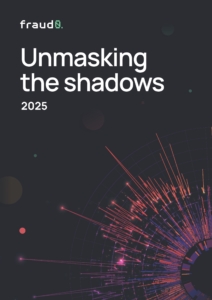
See what’s hidden: from the quality of website traffic to the reality of ad placements. Insights drawn from billions of data points across our customer base in 2024.
1%, 4%, 36%?
